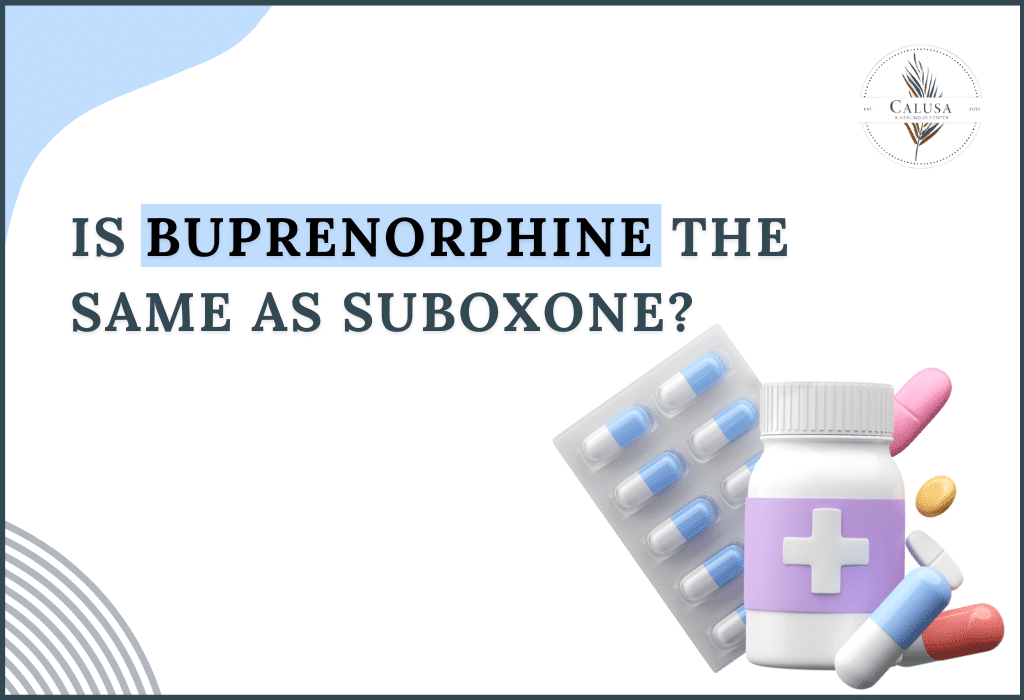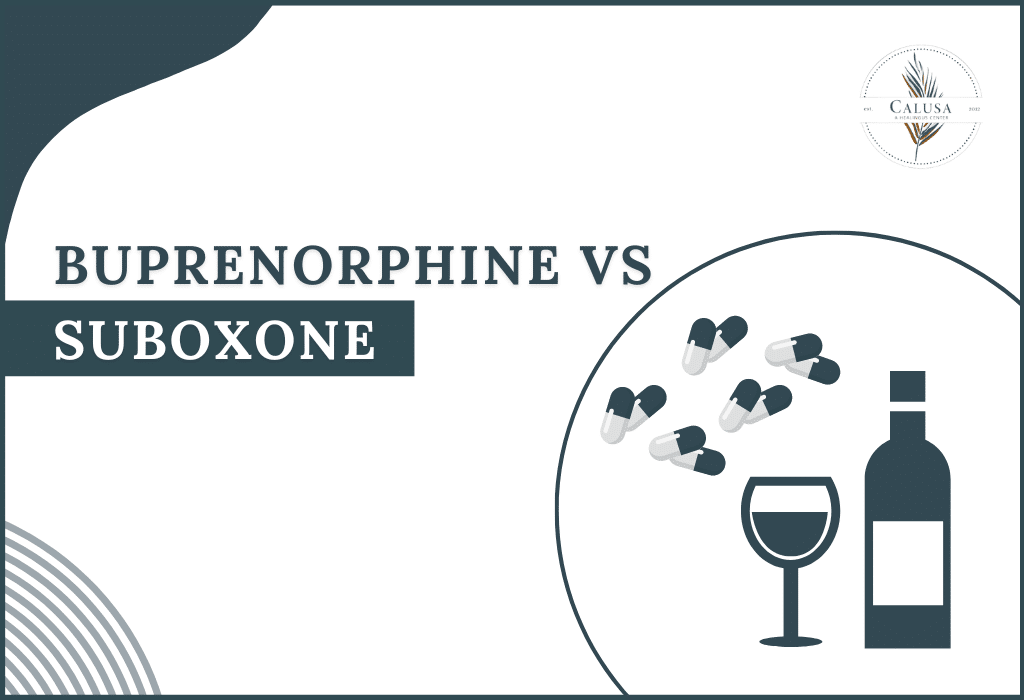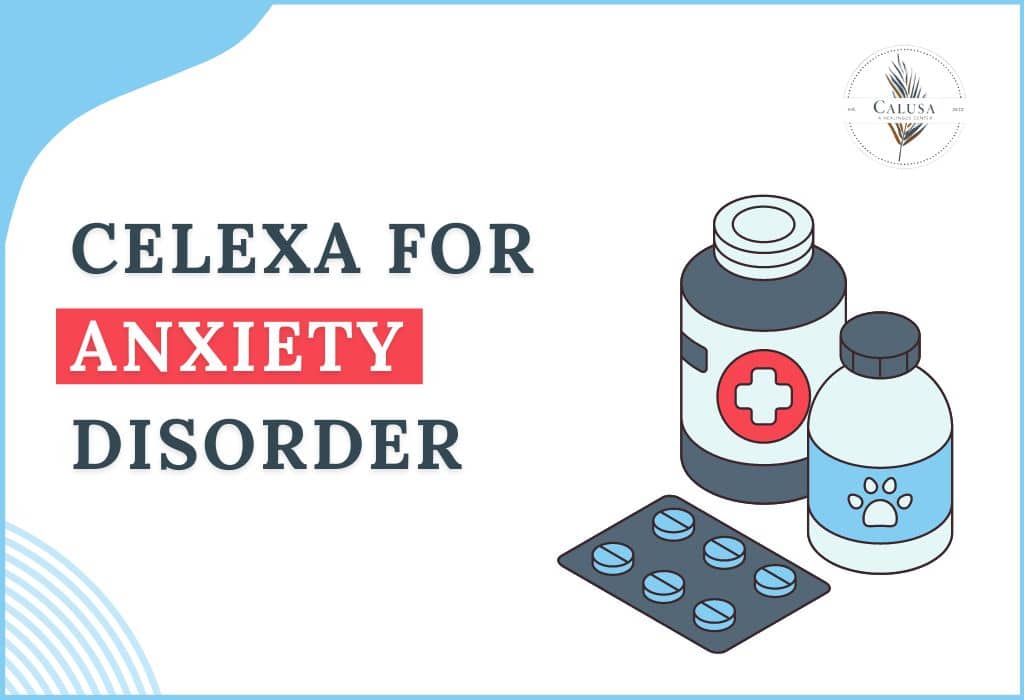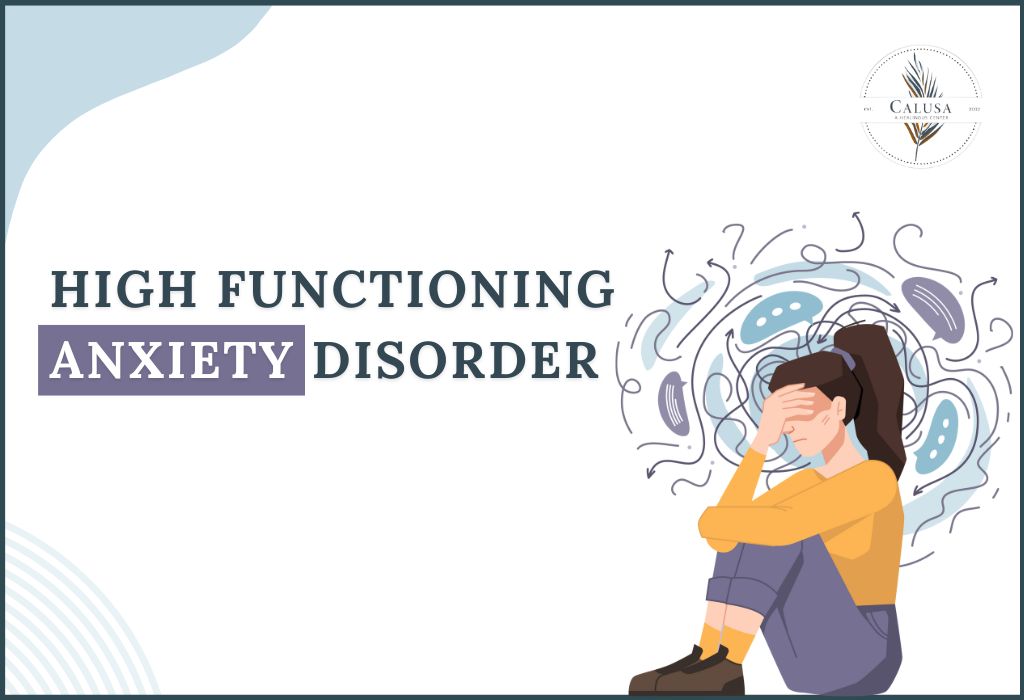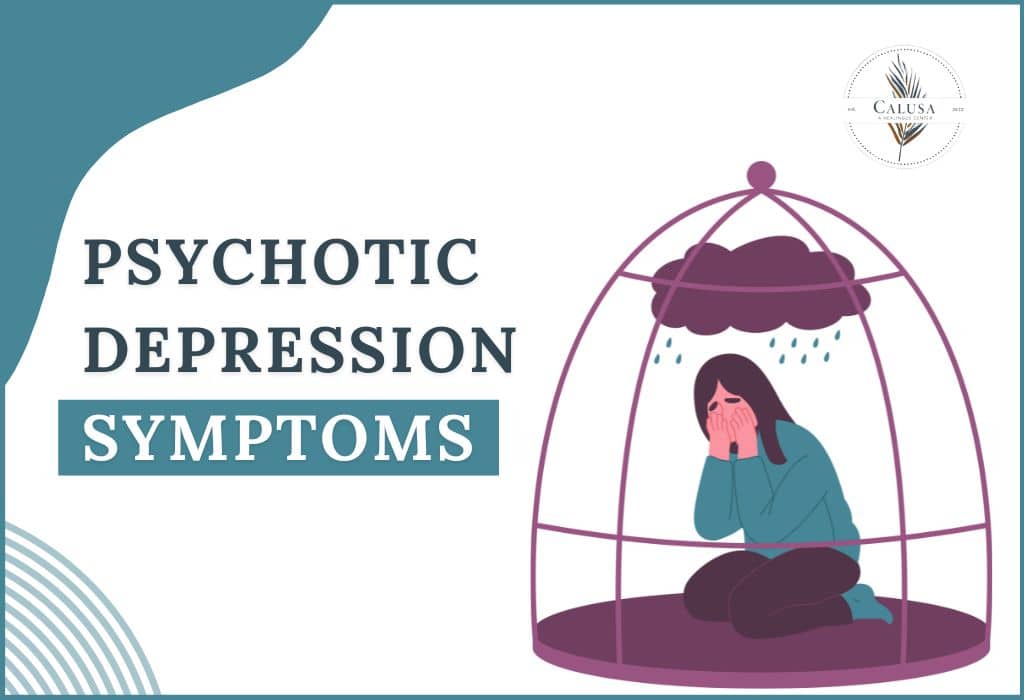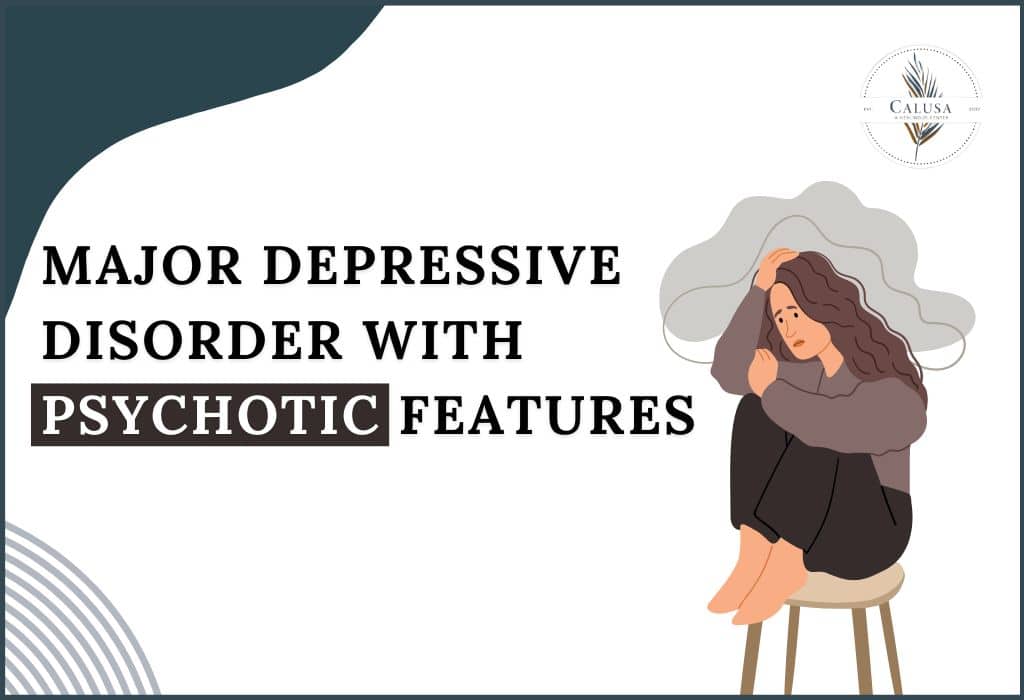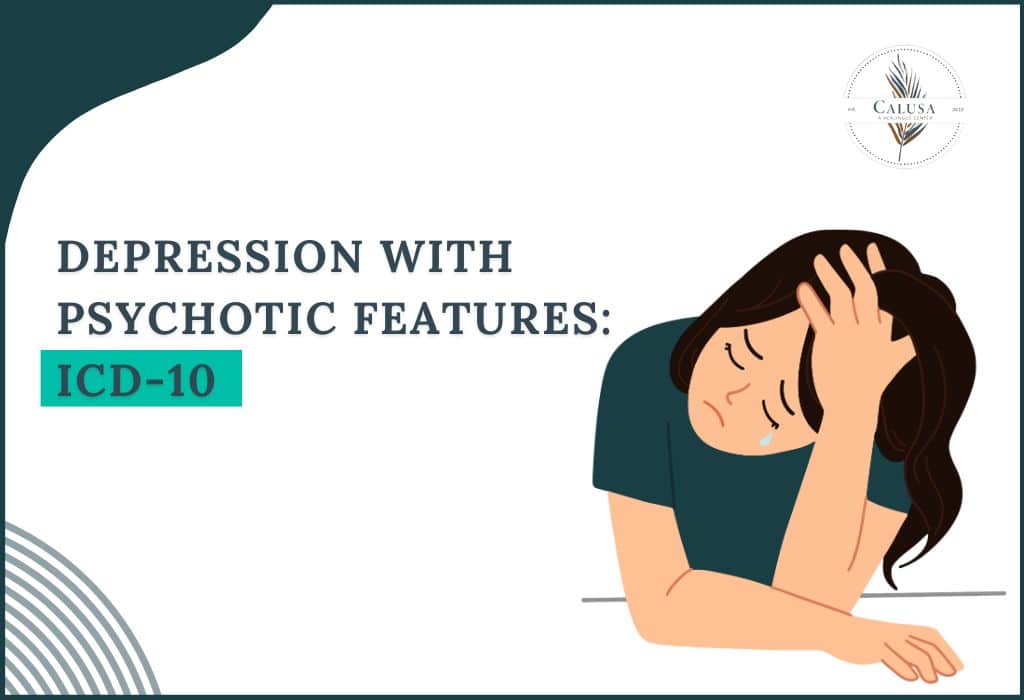The persistent depressive disorder DSM 5 criteria serve as a benchmark for people looking forward to a safe and healthy diagnosis. If you are also peculiar about the same, then look no further! This blog serves as your guide, unlocking a wealth of knowledge to facilitate a smooth diagnosis process.
As per the NCBI research, persistent depressive disorder was considered a depressed personality state in the past, but with time it got conceptualized as a disease state rather than a personality disorder. This change was reflected in the history of the diagnosis as various DSM criteria. Disorders like these handicap the person’s mental state of mind. It often results in the development of irresistible negative feelings marked by unwanted stress and hopelessness. People suffering from persistent depressive disorder often find themselves encircled by negative thoughts and find it hard to feel joy in the present life. If any of these symptoms sound familiar, you’re in the right place. In this blog, we’ll discuss persistent depressive disorder DSM 5 criteria and guide you with its step-by-step diagnosis.
What is Persistent Depressive Disorder?

Research shows that persistent depressive disorder is a newly coined term in the DSM-5 to capture what was originally known as dysthymia and chronic major depression. This chronic mood disorder is marked by sadness, hopelessness, and low self-esteem. In this, an individual experiences milder but long-lasting symptoms of depression which lasts for at least two years in adults (or one year in children and adolescents). If not treated timely, it impairs daily functioning and quality of life affecting work and relationships. For example, Sanya, a 3rd-year student doesn’t internally feel happy about any situation. She has always been a positive and emotionally expressive person. However, for the past year, there has been a change in her thoughts and behavior. She rarely feels truly happy or excited. Activities that appealed to her earlier didn’t seem to be interesting to her anymore. She gets exhausted easily and is experiencing a lack of focus. Sanya might be facing persistent depressive disorder. However, there are various DSM 5 criteria listed that provide suitable guidelines for the identification of such symptoms. For choosing the suitable treatment, it’s necessary to be aware of the following persistent depressive disorder DSM 5 criteria.
Your Guide to Persistent Depressive Disorder DSM 5 Criteria
A report by the National Institute of Health lists the following persistent depressive disorder DSM 5 criteria considered while deciding the diagnosis process
Criteria 1- The depressive symptoms must be experienced for at least 2 years for adults and one year for children and adolescents
Criteria 2- Alongside the depressed mood, at least two of the following symptoms must also be present:
- Reduced appetite or overeating
- Irregular sleep
- Easily getting fatigued
- Low self-esteem
- Difficulty in concentrating or making decisions
- Feelings of hopelessness
Criteria 3- The above symptoms should create significant distress or impairments in social, professional, or other essential functions.
Criteria 4- While living with the disorder, you should not have more than two full months without experiencing depressive symptoms.
Criteria 5- The symptoms of Persistent Depressive Disorder should not be justified by other mental health disorders, and should not be attributable to a substance or another medical condition.
Causes of Persistent Depressive Disorder Dsm 5 criteria

The onset of persistent depressive disorder is due to various biological, genetical and life events as listed below-
- Research indicates that changes in neurotransmitters serotonin, dopamine, and norepinephrine can trigger depressive symptoms like loss of interest, and changes in appetite or sleep.
- Some adverse life events such as loss, abuse, or chronic stress can alleviate depression
- Genetic factors such as a family history of depression increase the risk of developing of disorder
- Substance abuse, including alcohol, drugs, or prescription medications increases the chances of depression
- certain chronic medical conditions, such as chronic pain, thyroid disorders, neurological conditions, or autoimmune diseases also contribute to the development of the disorder
Treatment Options for Persistent Depressive Disorder DSM 5 Criteria
For an effective diagnosis, one needs to be aware of persistent depressive disorder DSM 5 criteria. The best treatment for persistent depression depends on several factors. These include the severity of your symptoms, your past treatment history, how tolerant you are of medication, and other personal preferences. The medical expert will then suggest one or a combination of the following treatment options:
1. Medications
As per research, antidepressants such as selective serotonin reuptake inhibitors, serotonin-norepinephrine reuptake inhibitors, or tricyclic antidepressants are effective medications for treatment. However, it is not recommended for use in children and should not be used as a first-line treatment for depression in adolescents.
2. Talk therapy
As per the WHO report, Cognitive-behavioral therapy (CBT), interpersonal therapy (IPT), and mindfulness-based therapy are significant talk therapies generally helpful in managing persistent depression. These therapies help in addressing the negative thoughts and feelings and reducing the depressive symptoms gradually.
3. Counseling
It equips an individual with coping skills and strategies to effectively manage symptoms. It offers individuals with persistent depression a supportive and nonjudgmental space to express themselves freely thereby enhancing self-compassion.
FAQs
1. What do you mean by persistent depressive disorder DSM 5 criteria?
The Diagnostic and Statistical Manual of Mental Disorders, Fifth Edition has outlined the persistent depressive disorder D 5 criteria. It provides a framework for clinicians to diagnose Persistent Depressive Disorder and distinguish it from other mood disorders
2. What are the central characteristics of persistent depressive disorder?
The central feature of persistent depressive disorder is the persistent mood changes that occur as a consequence of this disorder. These mood disorders can be identified by long-term sadness, hopelessness, and an ongoing experience of depressive symptoms
3. What is the diagnostic tool for persistent depressive disorder?
The diagnosis of persistent depressive disorder is an evaluation process specifically catering to an individual’s condition. The procedure involves conducting a clinical interview and checking for the persistent depressive disorder dsm 5 criteria.
4. What’s the difference between persistent depressive disorder and major depressive disorder?
Persistent and major depression differ in terms of their duration, severity, and pattern of symptoms. While the persistent depressive disorder dsm 5 criteria labels it as an ongoing process, major depression has gaps in its occurrence with symptoms either absent or reduced during that time.
5. What are the two types of dysthymia?
There are no defined types of persistent disorder. However, it does occur in some forms based on its severity and pattern of occurrence. These two forms are Chronic Major Depressive Disorder and Intermittent Major Depressive Disorder.
Conclusion
It’s challenging to identify the depressive symptoms until you fall into its vicious cycle. However now that you are aware of persistent depressive disorder DSM 5 criteria, you can be alert about its negative effects. All you need to do is address your negative emotions and feelings as and when they arise without hiding or ignoring them. Depression becomes worse when you allow it to invade your mind. You can double shield your mind against symptoms of the persistent disorder with positive thoughts and self-compassion. Knowing your condition will allow you to take a more intentional step towards healing it. Therefore, try to understand your condition instead of resisting it. For any other challenge faced along your recovery journey, seek the support of your loved ones and medical experts.


